Tie Twice the Flies in Half the Time
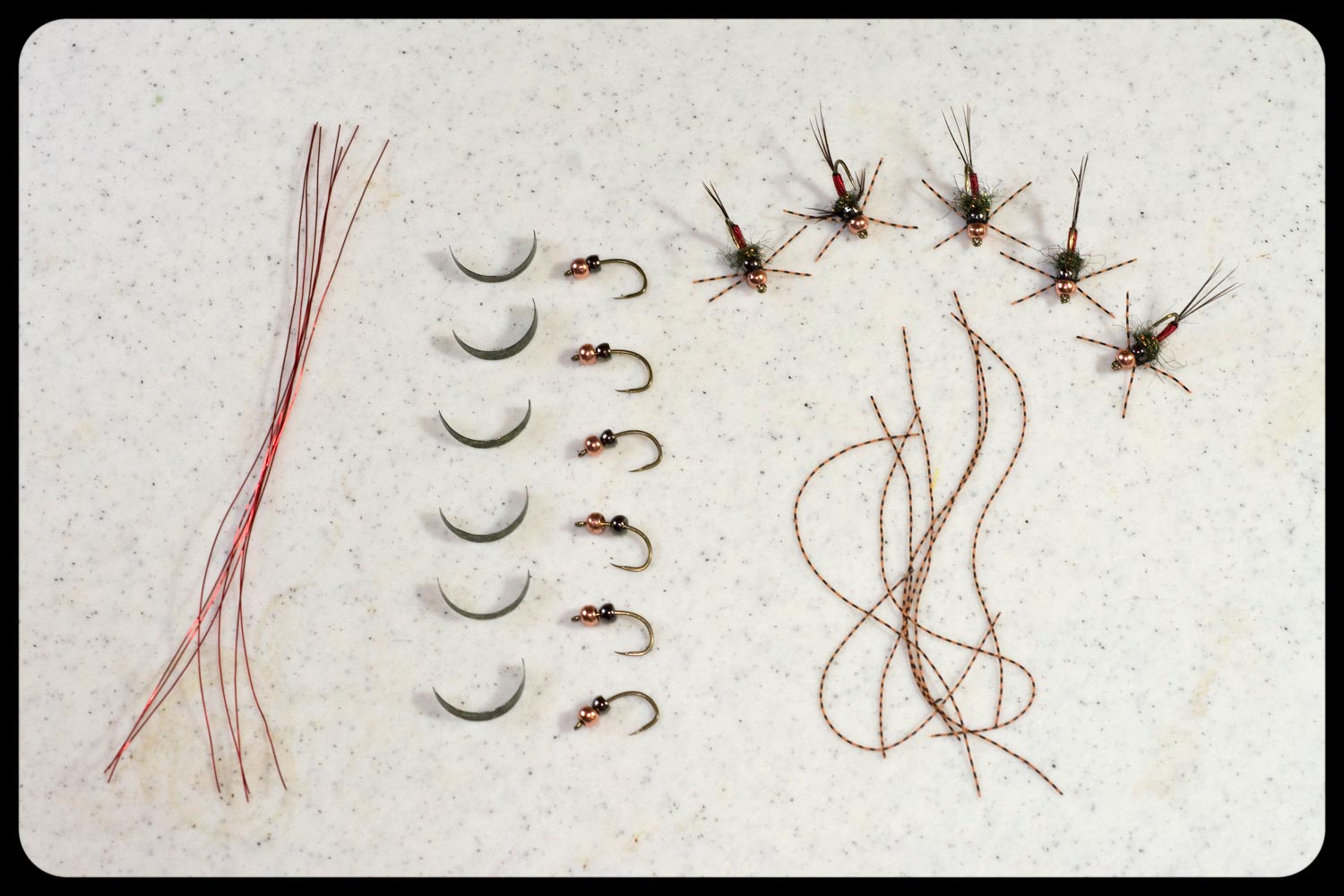
If you tie flies and you’re looking for a way to increase your fly output, I’ve got a great fly tying tip for you today. I personally don’t have the luxury of extra time on my hands these days with running two companies and managing my family time. When my fly boxes start getting bare, I have to restock them as fast as possible. For years, I’ve been an advanced fly tier but I’ve never been one of those guys who can rip out a dozen flies in thirty minutes. I take that back, I can bust out a dozen san juan worms in thirty minutes, but that goes for most of us. For more complex fly patterns, it can be very beneficial to us if we take the time to get organized prior to wrapping the thread on the hook.
Read More »Baby Tarpon, Little Monsters
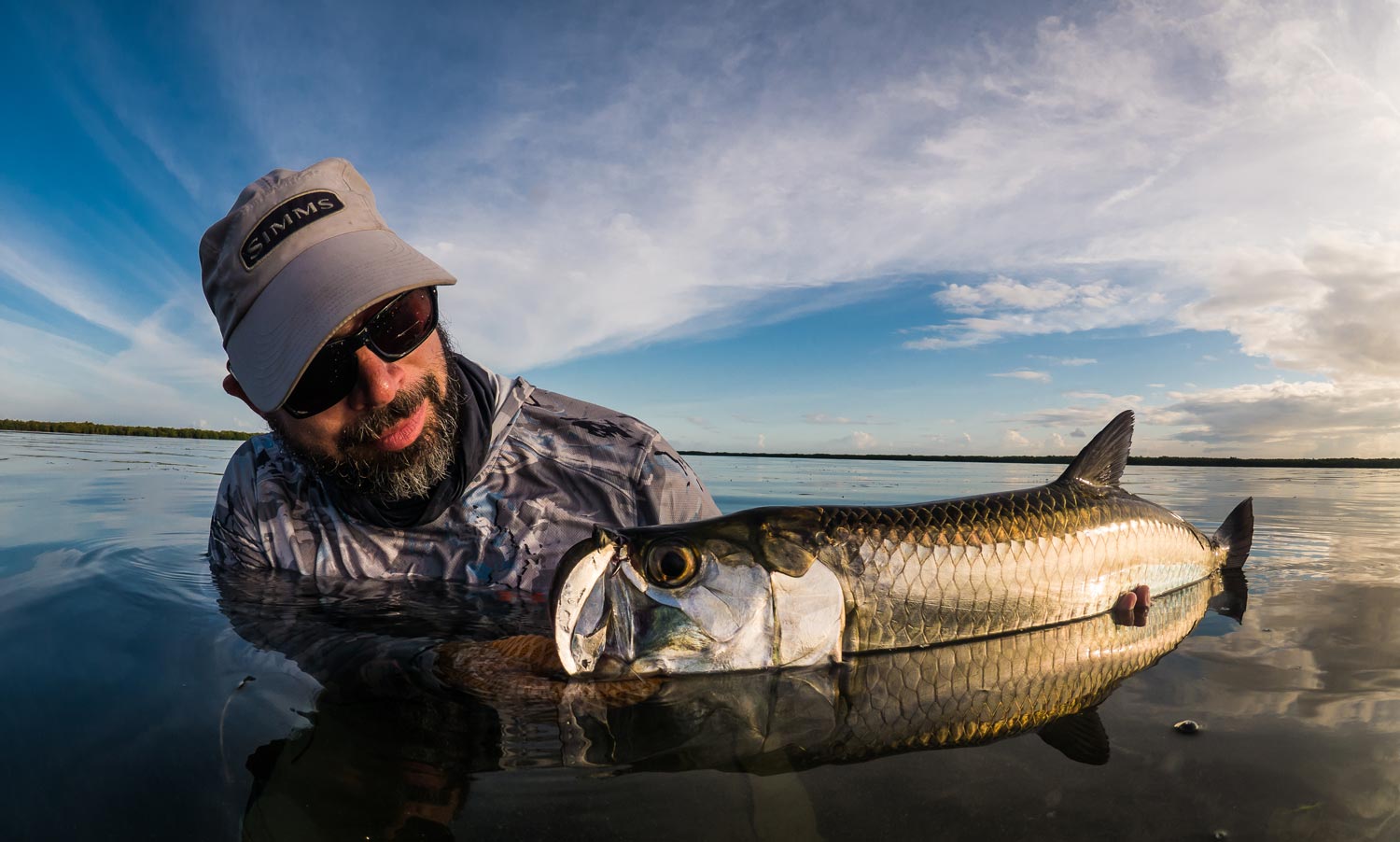
Tarpon are the king of Sport fish, even when they’re only ten pounds.
Standing on the bow of a flats boat at dawn, looking into a perfectly symmetrical sunrise reflecting on the glass-calm water, I can’t think of anywhere I’d rather be. When a pair of juvenile tarpon roll, they are so vivid that I’m momentarily surprised when their reflection does not appear in the sky. Rugged and chrome bright, they are perfect miniatures of their Goliath brethren. They may be only ten or twenty pounds but my heart beats just as quickly for them as it might for a world record fish.
When I first started tarpon fishing I had no interest in babies. I think that’s a common thing. I wanted to catch a ‘real tarpon’ and that meant a fish over a hundred pounds. Those monsters are truly amazing creatures. There’s no rush I know like hooking one. The moment when that first behemoth eats your fly and you bury the hook for all you’re worth and suddenly think,
“Oh shit! I’ve pissed it off. WTF am I going to do now?”
For years that was all of tarpon fishing to me, along with the brutal learning curve, the heartbreak of fickle conditions, the blistered hands and sore shoulders. Then my buddy Joel Dickey talked me into going out early one glass-calm morning to fish for baby tarpon. I had no idea how cool these little monsters are.
They are a total anomaly. On the one hand, they are tarpon in every way that matters. Stern and striking to look at. They catch more air than the Romanian gymnastic team. Their mouths are just as hard as the adults, making hook sets a privilege, not a right, and they fight like Hell’s Angels. I’ve broken 10 weights on them. They are tarpon to the bone.
On the other hand, they are completely different from those sulking bruisers you find migrating up the beach. They are aggressive. They like the fly stripped hard. They are competitive with each other, often racing to the fly. They move and hunt in packs like bonefish. They will sometimes explode violently on a fly dropped right on their nose. They are boney little badasses in every way and a blast to catch on a fly. There is a reason tarpon anglers say “baby tarpon” with a tone of reverence.
THERE ARE A COUPLE OF WAYS TO TARGET BABY TARPON.
Early on calm mornings they can be found
Read More »Sunday Classic / Be Prepared For Colorado’s Black Canyon
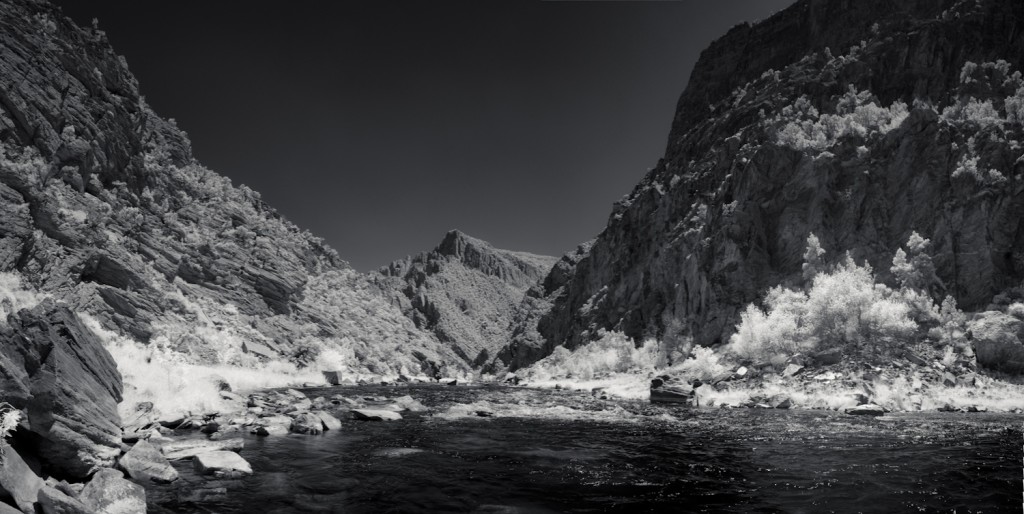
COLORADO’S BLACK CANYON DOESN’T PLAY.
My buddy John is getting even more fidgety than usual. He’s whipped himself into a froth as I go over the pack-list. Sleeping bag, pad, headlamp, tecnu…” “Water?”, he asked. “No, I told you, filter bottle.” “Cliff Bars, peanut butter, whisky…” “So this trail”, he starts again, “eight hundred and some vertical feet and the road, the guy said four wheel drive, I don’t think the Subaru has a skid plate. “What’s your deal?”, I ask. “No, well, ok, it just sounds like a lot, we are fifty you know, my back’s not good.” He knows it’s pointless, there’s no talking me out of it. “You’re right”, I answer, “let’s wait until we’re sixty, it’ll be much easier then.”
All this noise isn’t for nothing. Colorado’s Black Canyon doesn’t play. You’re not exactly taking your life in your hands fishing down there but bad things can happen. You need a plan because the canyon is not forgiving of mistakes. On the other hand, there are few places in the lower forty-eight that offer the scenery, the quality fishing and the natural experience of the Black Canyon and the Gunnison river. It’s not for everybody and it does get more traffic than you would expect. I’m not trying to add to the pressure but if you are going to go, you should be prepared. Here’s what I learned on my trip.
WHAT TO EXPECT
For the record, fifty is not too old. You need to be in good shape for hiking but if your health is good and you don’t have breathing or heart issues don’t let age stop you. I live at sea level and I did fine with a pack, tent, food and fishing gear.
Most folks do it as a day trip but it’s a great trip to camp. You expend a lot of time and energy getting into and out of the canyon. It’s nice to stay at least one night. The extra weight of the camping gear makes it a tough call but I’m glad we did it. Just go light. Seriously light! Eat cold food before you carry a stove and fuel. If you have an ultralite tent that’s great, otherwise you might sleep under the stars. Camp sites are first come first serve. Get an early start.
The elements are brutal. It’s dry and sun baked and you will be too if you’re not careful. You have to be serious about hydration. My buddy Andrew Grillos who has guided the canyon for years told me has drunk two and a half gallons of water in a day and still been dehydrated. A filter pump and a gallon jug is a good idea. Filter bottles work great but you will need plenty of water for the hike in and out when you’re away from the river. An extra filter bottle is a good idea anyway. I fell and broke the filter in mine. We got by ok sharing on the river but the hike out with one bottle was rough. Sun screen and a buff are a must. It’s hot as hell and the black rock heats up like a wood stove. Leave the waders at home.
The flora is out to kill you. I have seriously never seen so much poison ivy in my life. It’s literally everywhere. From ground cover to four foot high bushes. You can not avoid it, you have to prepare for it. Long pants and sleeves are a start but not enough.
Read More »Saturday Shoutout / Find Your Water

Redington has a great story.
A venerable fly fishing brand brought back from the bring of collapse to become one of the most vibrant players in the industry. The thing that’s so cool about it is that in their new video series, Find Your Water, it’s not their story there telling. It’s yours.
In this six video series, Redington takes you on a journey to fish water you’ve only dreamed of and water you’ve never heard of. Here are a few favorites.
Check out the whole series here, Find Your Water
Read More »The Reach Cast: Video
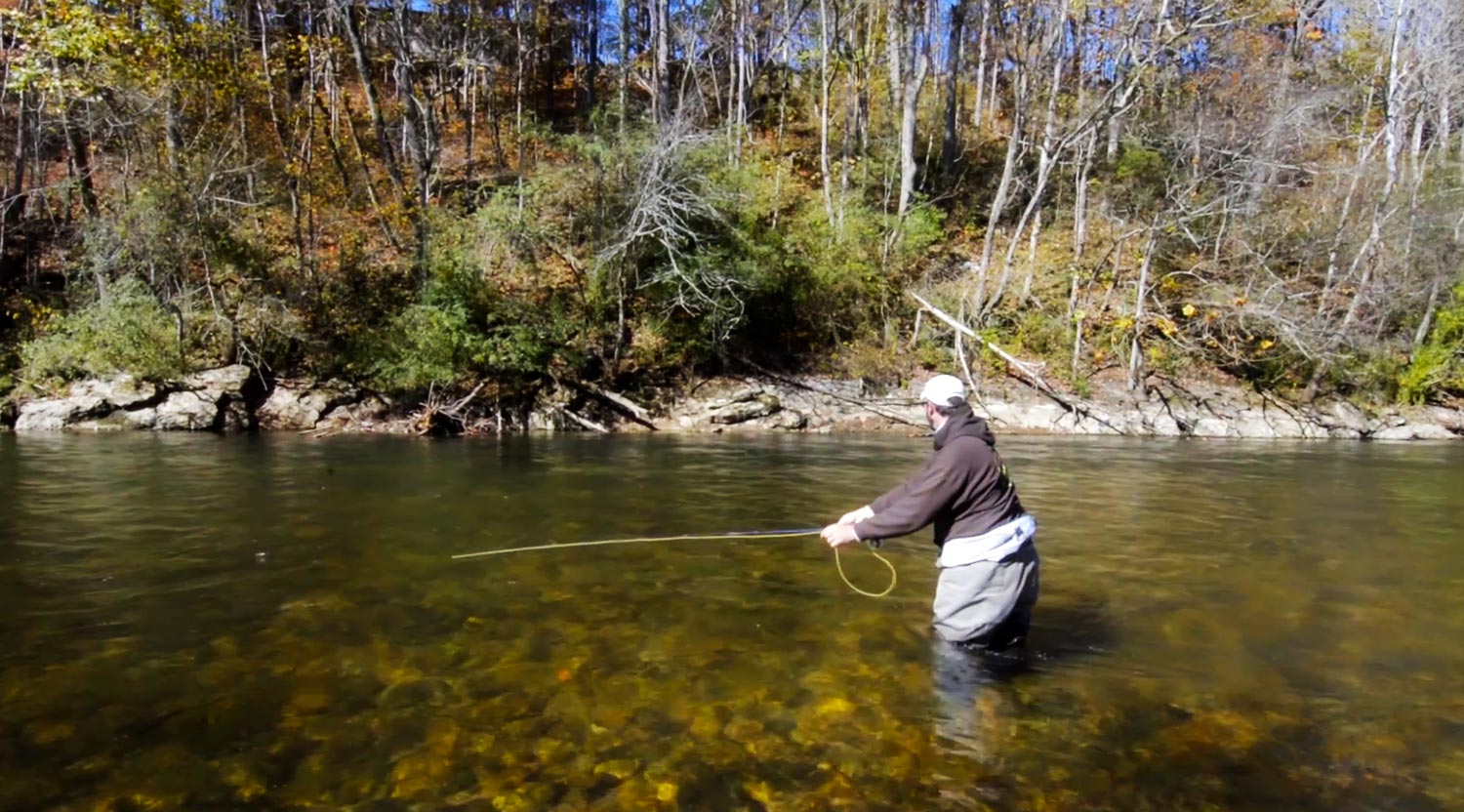
The reach cast can be the difference between catching fish and not.
All too often you find yourself casting across fast water to a rising trout on the far bank. It’s a classic set up and one that can make you crazy. You land your fly in the exact spot, only to have it dragged away as the faster current midstream pulls a belly in your line.
Your best shot at hooking a fish in this scenario is to make a reach cast. The reach cast builds a mend into your line before it touches the water. It can buy you a perfect drift long enough to fool a sipping trout.
Make your normal cast and after you stop your rod tip to form the loop, move the rod tip upstream as the loop unrolls. The movement is perpendicular to the angle of the cast so the tension stays in the line and keeps it energized and on course. Once you know how to make this cast, you’ll wonder how you ever fished without it.
WATCH THIS VIDEO TO SEE HOW IT’S DONE!
Read More »This Year IFTD Is More Relevant Than Ever

You know the old Chinese curse, may you live in interesting times?
These are certainly interesting times in the fly fishing industry. The business landscape seems to change under our feet faster than we can react. In just the last week we’ve had news of Sage and RIO selling direct online and the likely nationalization of the Bahamian bonefishing industry. No matter what part of the business you’re in, it’s likely you will need to think very hard about the future of your business. We’re all going to have to work a little smarter in coming years.
That’s why I think this years IFDT show (July 14-17) is more important than ever. IFTD is the beating heart of the fly fishing industry. The one time of the year when we all come together to exchange ideas and plan for the coming year. This year, more than ever, a good plan makes sense.
There has never been a more important time for retailers, guides, lodge owners and manufacturers to focus on relationships. The fly fishing industry is a relationship business and there’s no better place to do that networking than IFTD. Attending the show has been the most important thing I have done for my career.
I spoke to Gary Merriman, owner of The Fish Hawk, the largest Sage dealer by volume in the US. I knew that Gary had not attended IFTD since it was held in Denver but heard he was attending this year.
“For me it was never about buying,” Gary told me, “it was about
Read More »Cicada Fly Patterns – 4 Gink & Gasoline Favorites

You don’t have to be an expert fly fisherman to find success fishing a cicada hatch. It’s probably the least technical hatch I’ve ever fished. All you need to do is get yourself a good cicada fly pattern and fish it on waters where the hatch is occurring. The only thing you really need to know is go big with your tippet (2X-3X) and don’t be too quick on your hook sets. Below are some of my favorite cicada patterns.
Read More »Is Flats Fishing In The Bahamas Over?
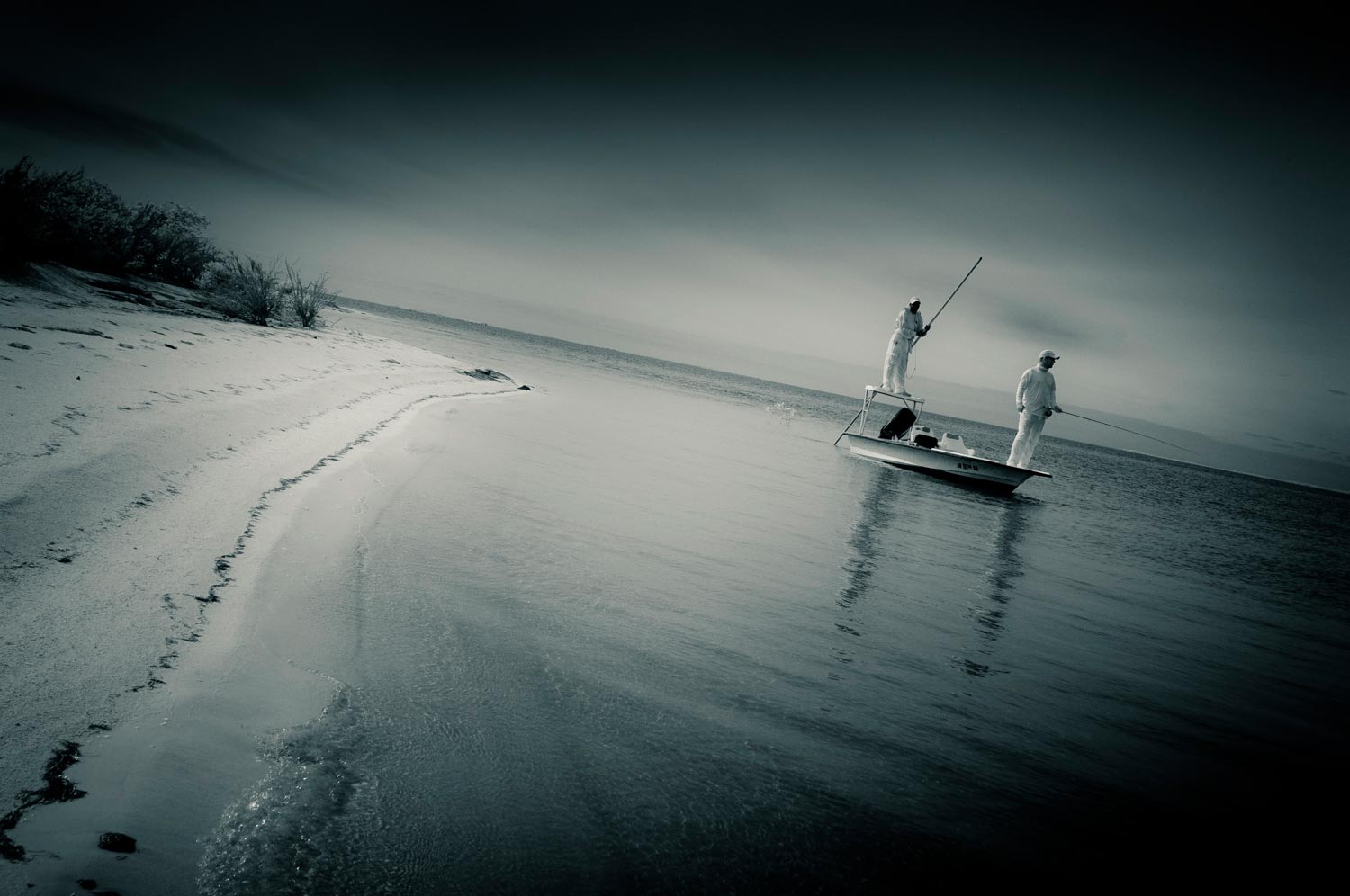
I don’t mean to be alarmist but I just finished reading a draft resolution for new Bahamian flats fishing regulation and I’m shocked and heartbroken at what it says.
I’ve been bonefishing in the Bahamas for some time now. Over a decade anyway. Twice a year, I take groups of ten anglers for guided fishing at a lodge and at least once a year I do a DIY trip. If you’ve been reading Gink and Gasoline for any time at all, you know of my love affair with these beautiful islands, their people and their fish. Today I am wondering if that is all coming to an end.
Flats fishing is a key engine for the Bahamian economy. Not so much for Nassau with its choked streets, barred windows and shirtless frat boys. But on many of the family islands, fishing is the economy. Islands like South Andros would be destitute without the tourism flats fishing brings.
I know I drop a lot of coin with the locals when I’m in the islands. I go out of my way to do it. I have a huge pile of shells and doodads I’ve bought from my buddy Lindon who keeps the dock at little creek. Not because I need or even want them but because I appreciate that Lindon keeps the place tidy. I remember what it was like before and I know how hard he works at it. I also know that he’d be destitute without that job and the little extra cash he makes off the shells. So I’ll pay him $20 for a shell I could pick up off the beach myself and I encourage others to do it.
I drink in Joe Sands bar, I tip Kermit the bus driver and I donate money for homecoming and I feel good about doing it. More importantly, I introduce people to Bahamas bonefishing. Lots of them and, as a group, we drop a collective $60,000/week in the local economy. Apparently, that’s not enough for the ministers in Nassau.
Here’s where the trouble lies
The Bahamian government is apparently getting greedy. They have proposed dangerous, protectionist legislation, which if passed will drastically limit access to the Bahamian flats by foreign anglers. Here are a few of the proposed regulations that seem especially damning.
No unguided fishing
That’s right. Been thinking about taking the family down for a week and slipping away to fish for a couple of hours? Forget it. Not without a licensed Bahamian guide. At least if there is any kind of boat transport involved, it’s a little unclear. Are you one of the many Americans who have bought a second home in the Bahamas so you can take trips to fish? You might want to sell it. Under these proposed regulations, fishing without a guide can get you (hold on to you seat) a $3000 fine and three months in a Bahamian prison. Oh, and they’ll take all your gear, your boat and your truck. Maybe I’m overreacting but that’s how it reads. How good does bonefishing in Mexico sound right now?
2. No foreign-owned lodges
Read More »Sunday Classic / 8 Common Fly Line Mending Mistakes
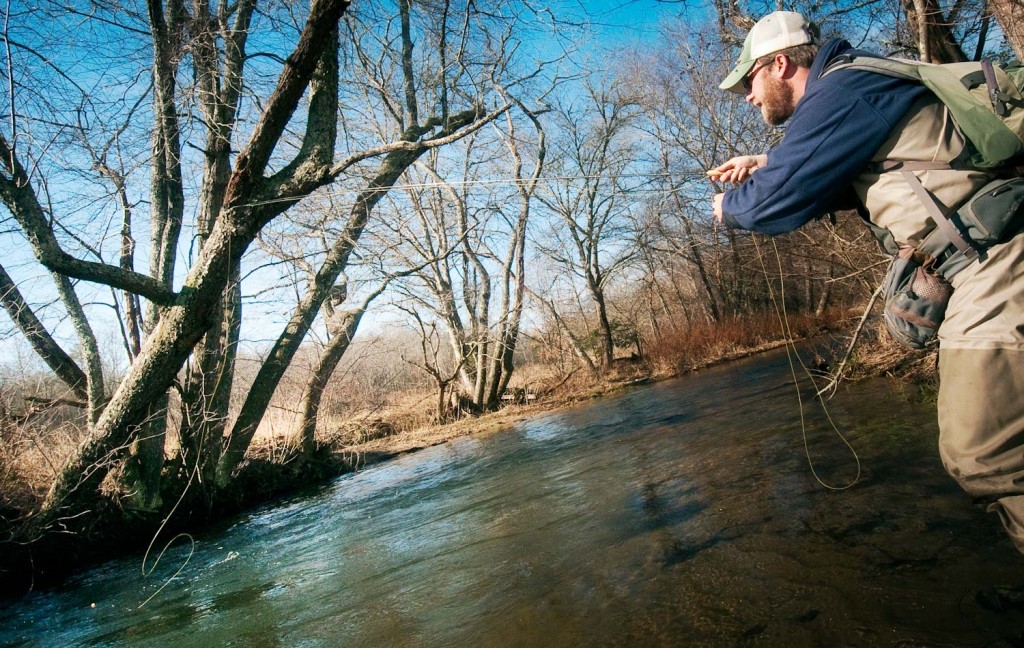
I SPEND THE MAJORITY OF MY TIME TEACHING FLY CASTING WHEN GUIDING MY CLIENTS, BUT THE ART OF MENDING FLY LINE IS A CLOSE SECOND.
A perfect cast can quickly become obsolete if you don’t understand the concept of mending fly line. When mending is timed correctly and executed properly it allows fly anglers to maintain a drag-free presentation, keep their fly in the target zone, and prolong the length of their drift. Developing good mending technique my friends, translates into more fish being hooked and landed. If you’re lucky enough to already have the basics of fly casting down, I highly encourage you to next focus your time on understanding and mastering the mechanics of mending fly line.
Throughout this post I’m going to try to touch base on the most popular mending mistakes I see on the river, but before I do so, here’s an intriguing question for everyone. Why is it, that fly anglers seem to always get their left and right mixed up when mending fly line? It happens to me guiding all the time. I’ll instruct my client to mend to the left and they’ll do the opposite, by mending to the right. One of the most common four word phrases out of my mouth is, “no, your other left”. This will probably hit home with more guides than anglers but I had to bring it up, since we all do it. I’ve tried using upstream and downstream for instructing mending direction, but that seems to be even more confusing. That being said, here are the most common mending mistakes I see on the river.
1. Anglers Wait Too Long to Mend
Everyone deserves props when a perfect cast is made, but don’t make the mistake of admiring it, and forget to follow it up with a good mend. Most often, but not always, a fly angler should make their first mend within a second or two of the fly landing on the water. Why you ask? Because it’s the most critical mend of your drift. It sets up your entire drift, and will eliminate the need for extra mending.
2. Anglers rod tip does not travel high enough in the air during the mend
The majority of the time when mending you’re trying to mend as much of your fly line and leader without moving your flies. The longer the cast or more fly line you have on the water, the higher you’ll need to move your rod tip in an oval shape path. “Give me a superman mend”, I say to my clients, when their mending a bunch of fly line. What I’m meaning by this is giving me the biggest mend you can.
3. Anglers mend their line by
Read More »Saturday Shoutout / Vise Grip
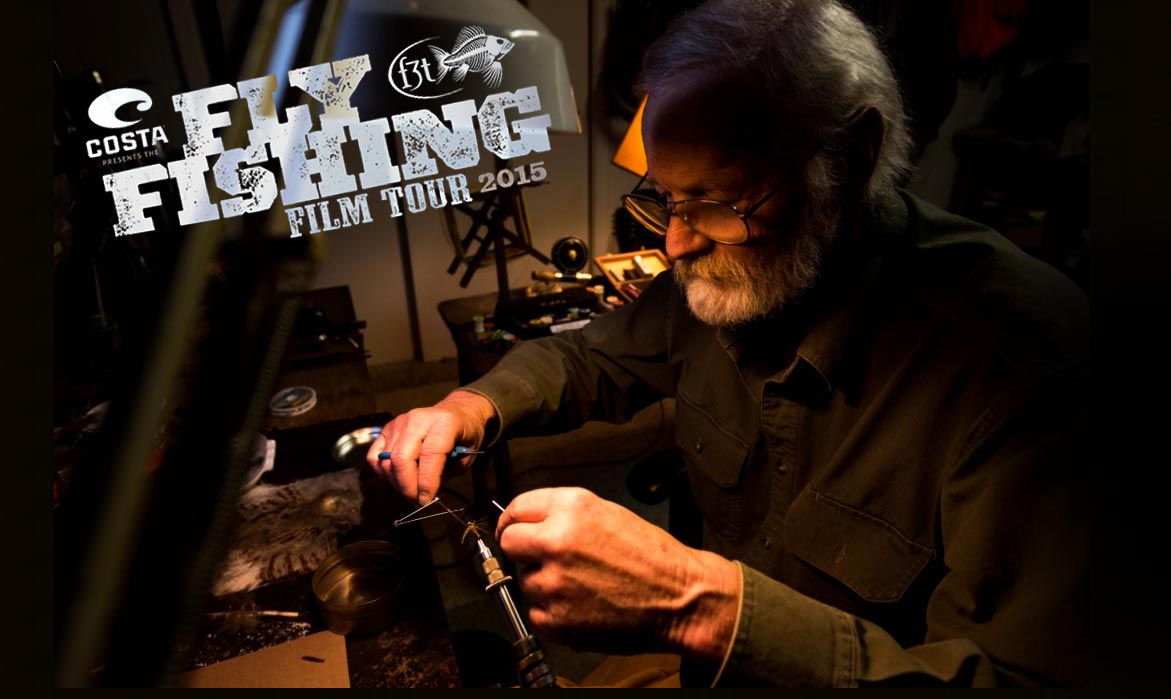
The words and wisdom of John Gierach brought to you by the folks at F3T
I never grow tired of John Gierach’s voice in my head. His writing is so earnest that, when I read it, I can see him across the table, a cup of coffee between his hands. In this great piece, written for Stonefly Magazine and published on the F3T blog, John talks about flies, fly tying and traveling to fish. But, as always, there more to the story.
“The burning question is whether there’s even such a thing as the “right” fly. During a flavilinea hatch, it’s nice to have a pattern that exactly matches the size, color, and silhouette of the naturals, but it’s even better to get an accurate cast and a flawless drift, even if you’re using a Parachute Adams that’s a size too big.”
Check out, Vise Grip: Fly Tying and Travel With John Gierach.
Read More »